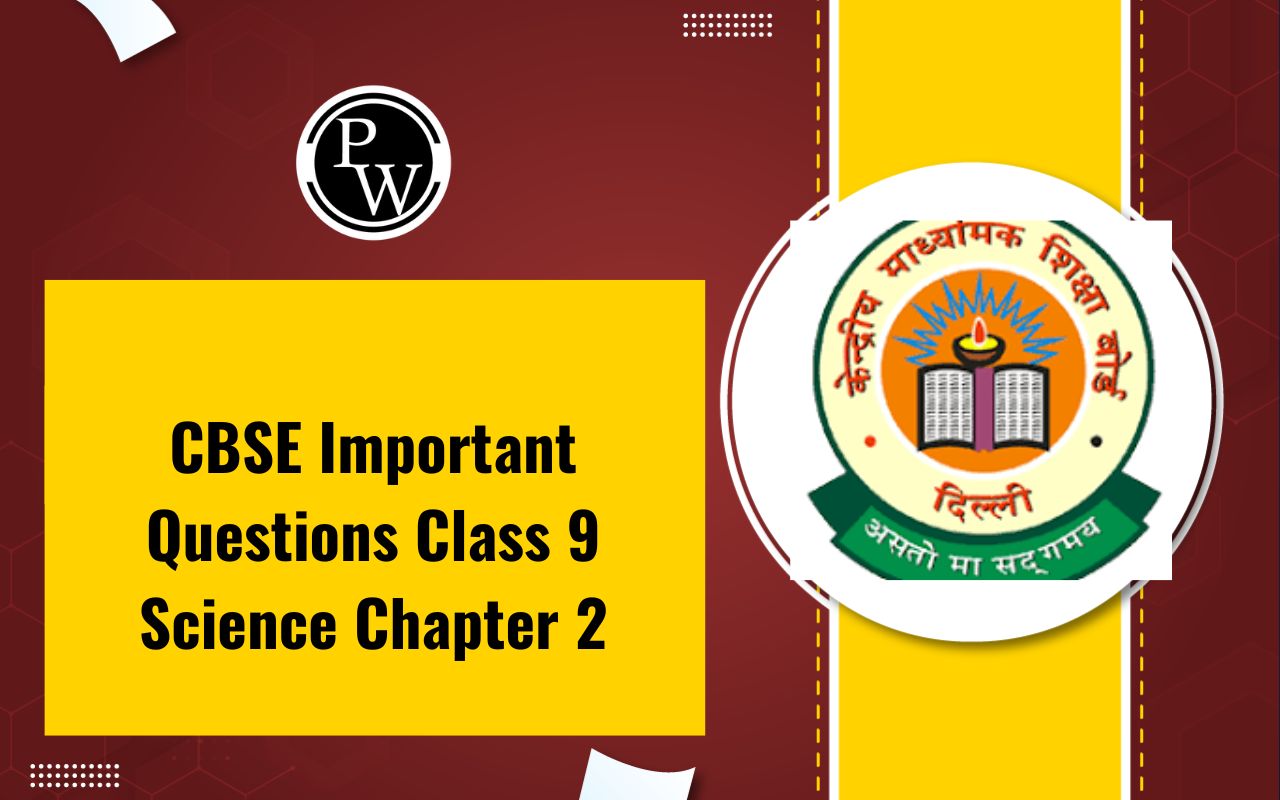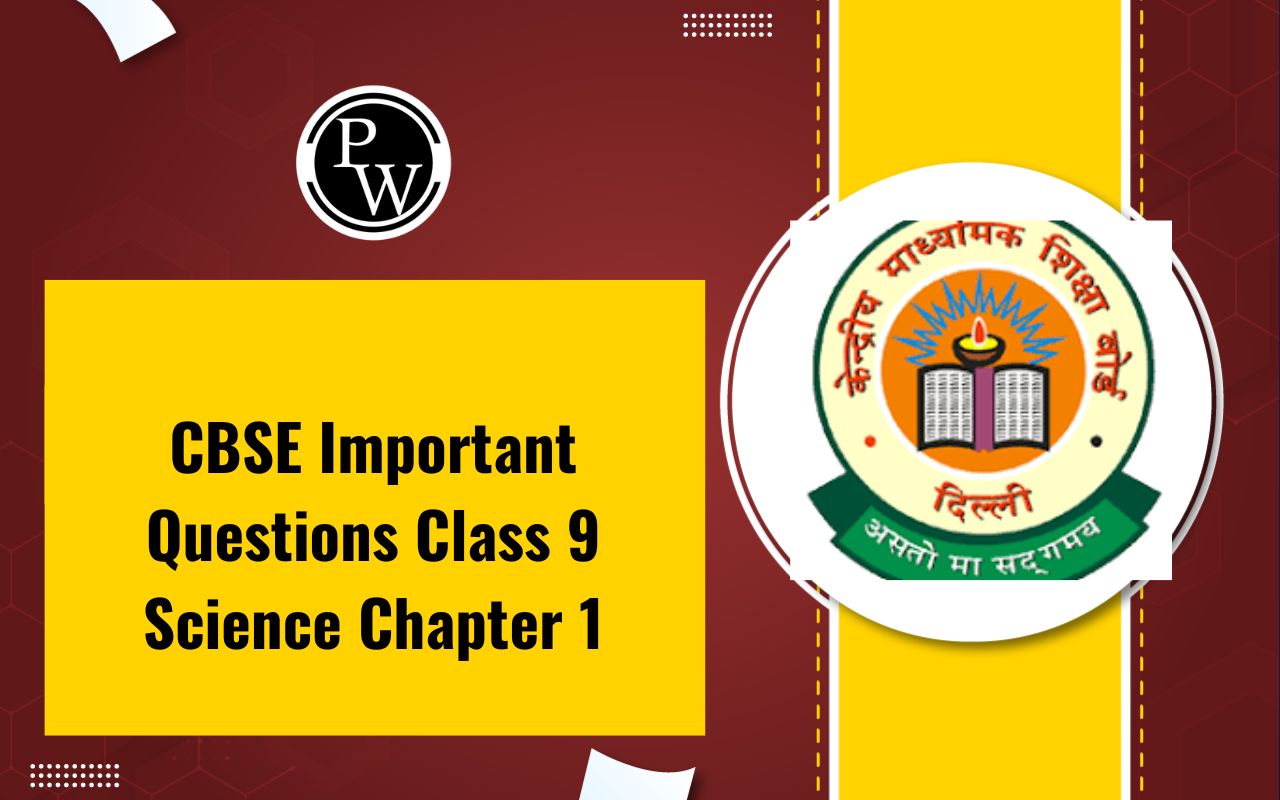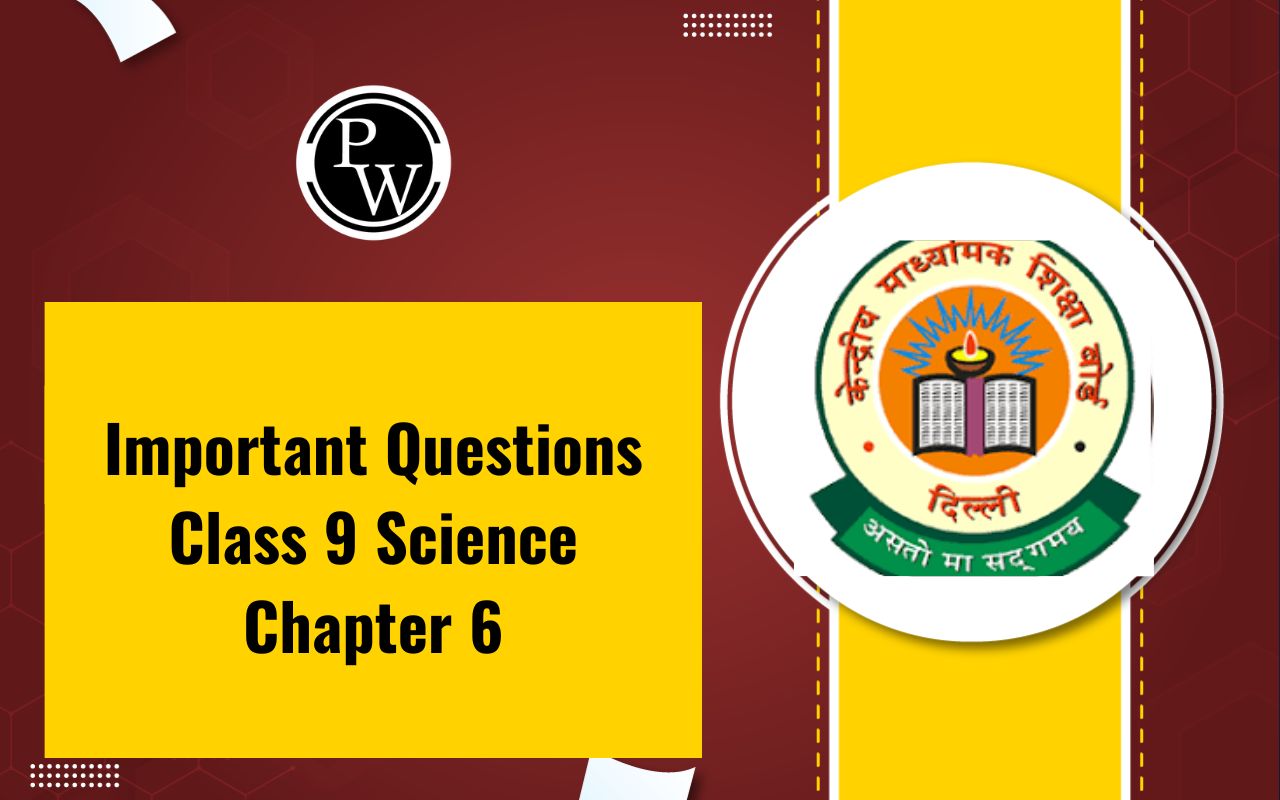
NCERT Solutions for Population Class 9 Questions and Answers Overview
India is the second most populated country in the world, after China. A key component of social science is population, which is covered in the sixth chapter of the SST textbook for Class 9. There is reason for concern regarding India's present population growth.NCERT Solutions for Class 9 Geography Chapter 1
Numerous topics, including population size, distribution, density, growth, sex ratio, age composition, literacy rates, health, occupational structure, and NPP are covered in detail in this chapter. NCERT Solutions for Class 9 Geography Chapter 6 can help students understand these ideas and complete activities successfully.NCERT Solutions for Class 9 Geography Chapter 6
Below we have provided some of the NCERT Solutions for Class 9 Geography Chapter 6. Students are advised to practice these questions before their class 9 exams as these questions will help you to understand the chapter better. Also, revise your chapters continuously to score excellent marks. Q1. Choose the right answer from the four alternatives given below. (i) Migrations change the number, distribution, and composition of the population in (a) the area of departure (b) the area of arrival (c) both the area of arrival and departure (d) None of the above Answer: Both the area of arrival and departure. (ii) A large proportion of children in a population is a result of (a) high birth rates (b) high life expectancies (c) high death rates (d) more married couples Answer: High birth rates. (iii) The magnitude of population growth refers to (a) the total population of the area (b) the number of persons added each year (c) the rate at which the population increases (d) the number of females per thousand malesNCERT Solutions for Class 9 Geography Chapter 2
Answer: the number of persons added each year (iv) According to the Census, a “literate” person is one who (a) can read and write his/her name (b) can read and write any language (c) is 7 years old and can read and write any language with understanding (d) knows the 3 ‘R’s (reading, writing, arithmetic) Answer: Is 7 years old and can read and write any language with understanding.NCERT Solutions for Class 9 Geography Chapter 3
Q2. Answer the following questions briefly. (i) Why is the rate of population growth in India declining since 1981? Answer: The decline is due to greater awareness and usage of birth control measures. (ii) Discuss the major components of population growth. Answer:- Birth rate
- Death rate
- Migration
- Increase in the number of inhabitants of a region during a specific time period.
- Birth rate and migration are the major causes of population growth.
- During a specific time period, it is the change in the distribution, composition or size of the population.
- Birth rate, migration, and emigration are the major causes of population change.
- It will make the nation strong in all spheres.
- It will help in creating a developed and prosperous nation.
- It will help in economic growth.
- The nation can compete globally with all other nations in any sphere of requirement.
It can be defined as the people’s movement across regions and territories.
- Migration can be local and global.
- It can be seen that change in the human population is due to fertility, mortality, and migration.
- Migration flow can be more often important because the unexpected changes in the size of the population can be typically seen in migration than in fertility and mortality.
- Hence, we conclude that change in statistics of the population is due to the movement of a group of people in an area permanently which results in an increase in that area.
This happens because nowadays people are aware of family planning. A maximum number of steps have been taken by the government in the promotion of a family planning program.
- Due to the increase in literacy rate, the citizens are more aware of the government schemes and policies and plan their families accordingly.
- Growth in small or nuclear families can be seen nowadays.
- Women’s education, as well as sex education, will also help in family planning.
- Availability of contraceptives.
NCERT Solutions for Class 9 Geography Chapter 6 FAQs
Why is population important for a country Class 9 Geography?
The population is a critical factor in social studies. Human beings are consumers and producers of the earth's resources.
Which component affects the process of development?
Health is an important component of population which affects the process of development. A healthy population is an asset to the country. A healthy individual is much more efficient and productive than an unhealthy individual.
What are the advantages of having a healthy population Class 9 Chapter 6?
If the population is healthy there will be less risk of heart attack caused due to an increase in cholesterol levels.
Why is human population size important?
Few aspects of human societies are as fundamental as the size, composition, and rate of change of their populations. Such factors affect economic prosperity, health, education, family structure, crime patterns, language, culture—indeed, virtually every aspect of human society is touched upon by population trends.
Talk to a counsellorHave doubts? Our support team will be happy to assist you!

Free Learning Resources
PW Books
Notes (Class 10-12)
PW Study Materials
Notes (Class 6-9)
Ncert Solutions
Govt Exams
Class 6th to 12th Online Courses
Govt Job Exams Courses
UPSC Coaching
Defence Exam Coaching
Gate Exam Coaching
Other Exams
Know about Physics Wallah
Physics Wallah is an Indian edtech platform that provides accessible & comprehensive learning experiences to students from Class 6th to postgraduate level. We also provide extensive NCERT solutions, sample paper, NEET, JEE Mains, BITSAT previous year papers & more such resources to students. Physics Wallah also caters to over 3.5 million registered students and over 78 lakh+ Youtube subscribers with 4.8 rating on its app.
We Stand Out because
We provide students with intensive courses with India’s qualified & experienced faculties & mentors. PW strives to make the learning experience comprehensive and accessible for students of all sections of society. We believe in empowering every single student who couldn't dream of a good career in engineering and medical field earlier.
Our Key Focus Areas
Physics Wallah's main focus is to make the learning experience as economical as possible for all students. With our affordable courses like Lakshya, Udaan and Arjuna and many others, we have been able to provide a platform for lakhs of aspirants. From providing Chemistry, Maths, Physics formula to giving e-books of eminent authors like RD Sharma, RS Aggarwal and Lakhmir Singh, PW focuses on every single student's need for preparation.
What Makes Us Different
Physics Wallah strives to develop a comprehensive pedagogical structure for students, where they get a state-of-the-art learning experience with study material and resources. Apart from catering students preparing for JEE Mains and NEET, PW also provides study material for each state board like Uttar Pradesh, Bihar, and others
Copyright © 2025 Physicswallah Limited All rights reserved.
Get App









